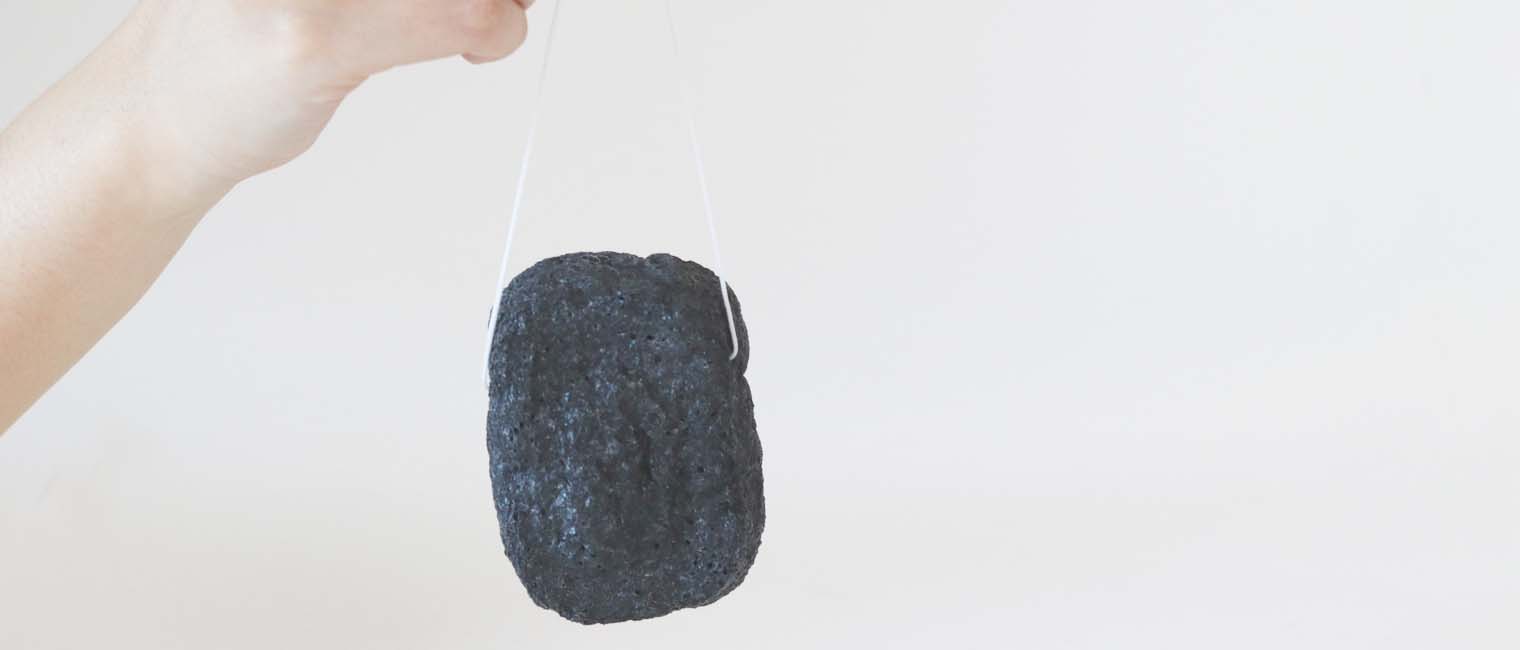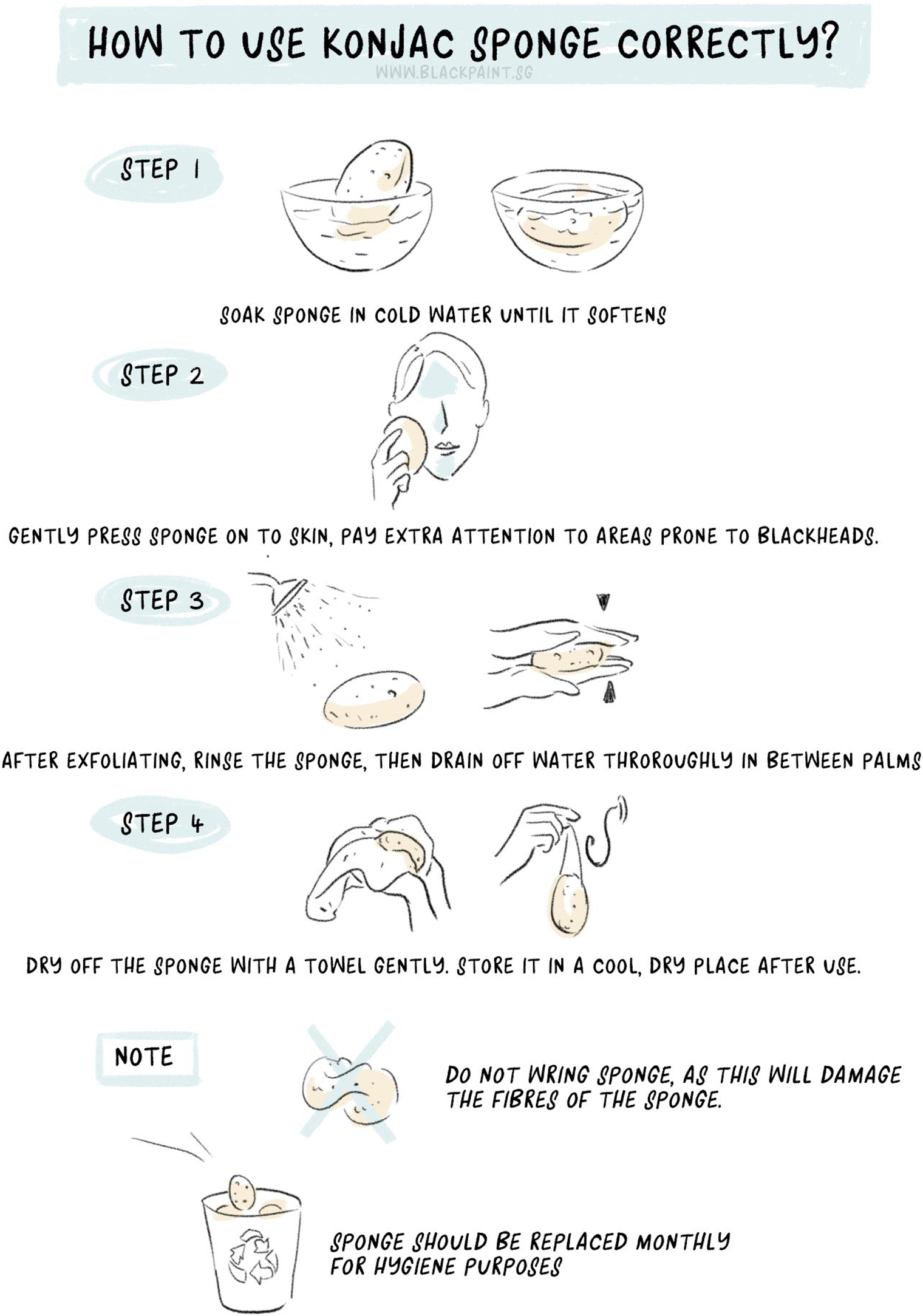Konjac, known as Amorphophallus Konjac, is a perennial plant that hails from the family Araceae. It has been cultivated in the Asian region for centuries and has been used as an ingredient in traditional Chinese medicine (TCM). The medicinal use of this plant can also be seen in Japanese history. Currently, konjac is also being used in the West as a food source and in bioceutical industries.
History of konjac
The first use of konjac was reported in Southeast Asia. It is native to tropical and subtropical eastern Asian countries, like Japan, South China, and Indonesia. Over 26 different species are present in China which are widely used in traditional Chinese medicine (TCM).
Between 206 BC to 08 AD in China, konjac was utilized and listed as a therapeutic plant in Shen Nong (神农) Materia Medica. It was declared as pungent, and having cool nature herb by the Ben Cao Gang Mu (本草纲目), a Chinese pharmacopoeia.
The plant has been consumed by the indigenous people of China for more than 2000 years. Those people would use the plant for the treatment of cough, hernia, asthma, breast pain, and skin and hematological disorders. Traditional Chinese Medicine (TCM) approves konjac as tumor suppressant, for detoxification, blood stasis alleviation, and phlegm liquefaction.
Similarly, Japanese has used konjac as traditional healthy food and cooking ingredients for over 1500 years. It was introduced to Japan by the King of North Korea in the 6th Century. Recognized as “konnyaku” (こんにゃく) in Japanese, konjac is known for its gentle texture and its cleansing ability. Over time, people started using it as a facial and body cleansing sponge for all types of skin, but especially for babies. Even now, the konjac sponge is popular in Japan.
In 1997, the Food and Drug Administration (FDA) in the US and the European Union in 1998 recognized and listed konjac flour as ‘Generally Regarded As Safe’ (GRAS) food additive. Konjac was also a significant crop of tropical and subtropical countries because of high yield potential and prominent culinary properties. The purified konjac flour or konjac glucomannan has been used as a food additive and a dietary supplement for over the past two decades in the US and Europe.
Composition of konjac
Konjac is rich in Vitamin A, B1, B2, B6, B12, C, D, and E as well as protein, fatty acids, and lipids. Other natural minerals present in this plant include zinc, iron, copper, and magnesium. Its highly beneficial natural ingredients and gentle texture render konjac as an excellent product for skincare. Konjac’s fiber has water-holding properties. It means that fiber does not come into direct contact with the skin and does not scrape during hard scrubbing.
Konjac also contains ceramide that offer immense benefits to the skin.

The 2 main beneficial ingredients of konjac: ceramide and glucomannan
What is ceramide?
The skin is divided into three main layers: epidermis, dermis, and subcutaneous tissue, and ceramide is in the stratum corneum at the top of the skin’s epidermis.
In the stratum corneum, cells called keratinocytes are regularly arranged like bricks, and ceramide is a kind of fat contained in the intercellular lipid that fills the space between cells. Ceramide accounts for more than 50% and is the main component of intercellular lipids. Along with the other types of fats found in the skin, ceramide keeps the skin cells together.
The natural ceramide levels tend to decline with age. Ceramide peaks in the 20s and decreases from there. In 50s, it is reduced to half of that in 20s. Other causes of the decline in ceramide levels include excessive face washing, the impact of UV rays or external stimuli, stress, and hormonal imbalance. When these levels are low, the skin barrier gets compromised and causes dryness, redness, and skin irritation.
The plant ceramide extracted from konjac can offset the decline in the skin’s ceramide levels. It also offers several other benefits for the skin.
Benefits of ceramide
Here are a few skin-related issues ceramide can help with.
1. Helps with psoriasis
Experts have associated psoriasis with low levels of ceramide in the skin, leading to impaired barrier function. This condition is characterized by the appearance of raised, scaly, red patches on the skin. Studies show that the application of ceramide-containing moisturizer reduces the severity of Psoriasis symptoms.
2. Helps improve eczema
Eczema causes skin irritation, dryness, and inflammation. Research indicates that people having this skin condition may also have low levels of ceramide in their skin’s outermost layer. The application of products containing ceramide helps improve the symptoms of eczema.
3. Helps with skin aging
Ceramide can alleviate aging-related skin dryness. Studies suggest that applying products with ceramide help improve skin health.
4. Retains skin moisture
Ceramide helps with moisture retention and acts as a barrier to protect the skin. As it helps retain the moisture of hair and skin, it enhances the skin’s beauty.
What is glucomannan?
Konjac’s starchy root—the corm—is loaded with dietary fiber called konjac glucomannan (KGM). This part is used as a dietary supplement and in the making of high-fiber jellies and flour. Because of the high-fiber content, the World Health Organization (WHO) regards konjac products as one of the top ten healthiest foods. Some of the konjac products include flour, jelly, and soluble fiber. The important health benefits of dietary fiber, KGM, include reducing acne, improving skin, reduced cholesterol, improving blood sugar levels, boosting the immune system, and wound dressing.
1. Anti-ACNE
Studies indicate that topical formulations with glucomannan are as effective as a bio-therapeutic agent for treating mild to moderate acne. It can be used as an adjuvant for the treatment of acute acne vulgaris. It has positive prebiotic properties and have a positive, indirect effect on the skin when ingesting it.
2. Wound dressing
Several studies have examined the use of materials containing konjac glucomannan in wound dressing applications. Research has proven that konjac glucomannan and konjac-glucomannan-based biomaterials like chtisoan (CS) can be used as a wound dressing. In fact, they are quite effective because they are non-toxic and biocompatible. They stimulate antimicrobial activity on the wound surface.
Moreover, konjac glucomannan and konjac-glucomannan-based biomaterials are well suited for wound dressing because they can produce a wound-healing environment, allow gaseous exchange, absorb excess discharges, and can be easily removed from the wound.
3. Helps in the management of type 2 diabetes
Konjac glucomannan is used as an alternative therapy for type 2 diabetes, as it tends to reduce blood glucose. Research shows that taking a mix of glucomannan and American ginseng leads to moderate improvement in symptoms of diabetes.
Another 2015 review also indicated that glucomannan renders it less likely for people to eat foods that can increase their blood sugar. That is because the dietary fiber increases satiety and decreases the ingestion of foods that can lead to increased glucose concentrations. Konjac prolongs the transit time of food and increases the gastric emptying time.
4. Reduces the body weight
The absorption kinetics of obesity fat tend to reduce by the consumption of konjac glucomannan. One animal study has proven that konjac flour has anti-obesity properties. It decreases the body weight and helps in reducing the glucose low-density lipoprotein (LDL) concentration in blood.
Another study shows that the soluble dietary fiber supplement helps reduce weight in people with obesity. The participants were provided with the supplement as part of a calorie-controlled, balanced diet. It was seen that those in the supplement group lost weight as compared to others.
Glucomannan is a kind of dietary fiber that helps with satiety, and people feel full for a longer duration after its consumption. It helps prevent overeating, and hence contributes to the prevention of more weight gain.
5. Exerts anti-inflammatory action
Konjac glucomannan promotes anti-inflammatory activity, which is the body’s response to noxious stimuli that lead to cell and tissue damage. According to one research study, konjac glucomannan powder can prevent skin inflammation in people with eczema. It has also proven to suppress allergic rhinitis-like symptoms in animal studies.
6. Regulates cholesterol
High cholesterol increases the risk of heart attack and stroke. Water-soluble fibers like konjac glucomannan help a lot in weight and cholesterol management. A 2008 study showed that this dietary fiber can have a beneficial effect on overall cholesterol levels. Another study in 2017 examined how much glucomannan can improve cholesterol levels. It found that three grams per day can deliver the desired results.
7. Helps with constipation
Consuming glucomannan helps regulate one’s bowel movements and prevents constipation. A 2006 study indicated that a moderate dose of konjac glucomannan improves bowel movements by 30 percent. It also revealed that the soluble dietary fiber supplement could help improve gut health in people with constipation. A 2017 review also showed that consuming konjac glucomannan improves the frequency of bowel movements in children suffering from constipation.
Konjac sponge
Among the above list of konjac’s strength, we can see that konjac has these benefits when used as a konjac sponge in cleansing:
- Konjac fiber has water-holding properties. It means that fiber does not come into direct contact with the skin and does not scrape during hard scrubbing.
- Impressive ability to trap oil, grime and impurities.
Benefits of using konjac to produce sponge, compared to regular sponge
A konjac sponge removes pore dirt and old keratin of the skin. As it removes old keratin, the skin comes off as fresh and healthy. This enables other skincare items to be absorbed into the skin.
Konjac has a gentle texture. It is suitable for sensitive skin, as it prevents abrasion while removing the dirt off from the pores.
As such, BLACK PAINT introduces Black Konjac Sponge

Besides konjac fibers, this sponge is made with another key ingredient; binchotan charcoal. Binchotan charcoal increases the dirt absorption quality of the sponge. The sponge is very soft to use and prevents abrasion even when used casually. It pulls impurities and opens blocked pores while also removing residual oil and dead skin cells.
Konjac Sponge leaves the skin smooth and clean. It is best to use after washing the face with soaps of BLACK PAINT.
Konjac sponge: proper handling
The dry sponge is hard. Soak the sponge in cold water until it softens before use. Do not rush to squeeze the sponge before it is completely softened by water.

Use the sponge to exfoliate only after rinsing off your facial cleanser or soap. This is because the enzymes, yeast and ingredients found in soap cleansers would deteriorate and dissolve the sponge’s fiber quicker.
After using the sponge, squeeze out the excess water from the sponge by flattening it with both hands. Then, pat dry it with a towel before letting it air-dry. Wringing the sponge can cause its lifespan to shorten, as the fibers will deteriorate faster this way.
Moreover, do not keep the konjac sponge in bathroom or humid area; it may cause molds to grow.
Regarding expiry dates, there isn’t any as such. Konjac sponges can be used for up to 6 weeks, but if the sponge has torn or there’s a sign of mold growth, immediately change your sponge.
This video on how to use konjac sponge will make things more clear.
https://www.youtube.com/watch?time_continue=59&v=62ktSSkC6Gc

How are konjac sponges made?
Konjac sponges are made from konjac flour, water, and calcium hydroxide. Water and calcium hydroxide is added to konjac flour while taking due care that air does not enter the solution. The solution is then poured into the mold, arranged in a large frame, and left for a while.
The frame is boiled for several hours, then cooled and frozen to dry. The mixture is thawed and becomes a sponge. It then enters the drying room again, where it is washed with hot water and sterilized.

References:
https://sportsbull.jp/p/468717/
https://ryoko-club.com/food/konjac-nutrition.html
https://konnyaku.co.jp/himitsu/
http://www.mannanlife.co.jp/learns/fiber/
https://www.arouge.com/labo/basic/ceramide_type.html
https://i-voce.jp/feed/7269/
http://matsumoto-trd.com/product/pdf/02/vo19/vol69.pdf
http://matsumoto-trd.com/product/pdf/concept/e18.pdf
https://www.yamamotofarm.co.jp/process/
https://torothy.com/article/76/konjac_sponge
https://japanesekonjacsponge.com/pages/about-konjac
https://www.sciencedirect.com/topics/agricultural-and-biological-sciences/konjac https://en.wikipedia.org/wiki/Konjac
https://www.emedicinehealth.com/glucomannan/vitamins-supplements.htm
https://www.sciencedirect.com/science/article/pii/S0378874110000383
https://www.ncbi.nlm.nih.gov/pmc/articles/PMC3892933/
https://www.researchgate.net/publication/290212321_Nutritional_and_Potential_Health_Benefits_of_Konjac_Glucomannan_a_Promising_Polysaccharide_of_Elephant_Foot_Yam_Amorphophallus_konjac_K_Koch_Review
https://www.tandfonline.com/doi/abs/10.1080/87559129.2015.1137310
https://torothy.com/article/76/konjac_sponge







